Differences between preliminary and functional impressions for edentulous patients
2 August 2023
Impressions for edentulous patients are a much-debated topic, as there is still great diversity amongst clinicians, who use different techniques dictated by their personal school of thought rather that conclusive literature evidence [1].
Furthermore, within the scientific community there …
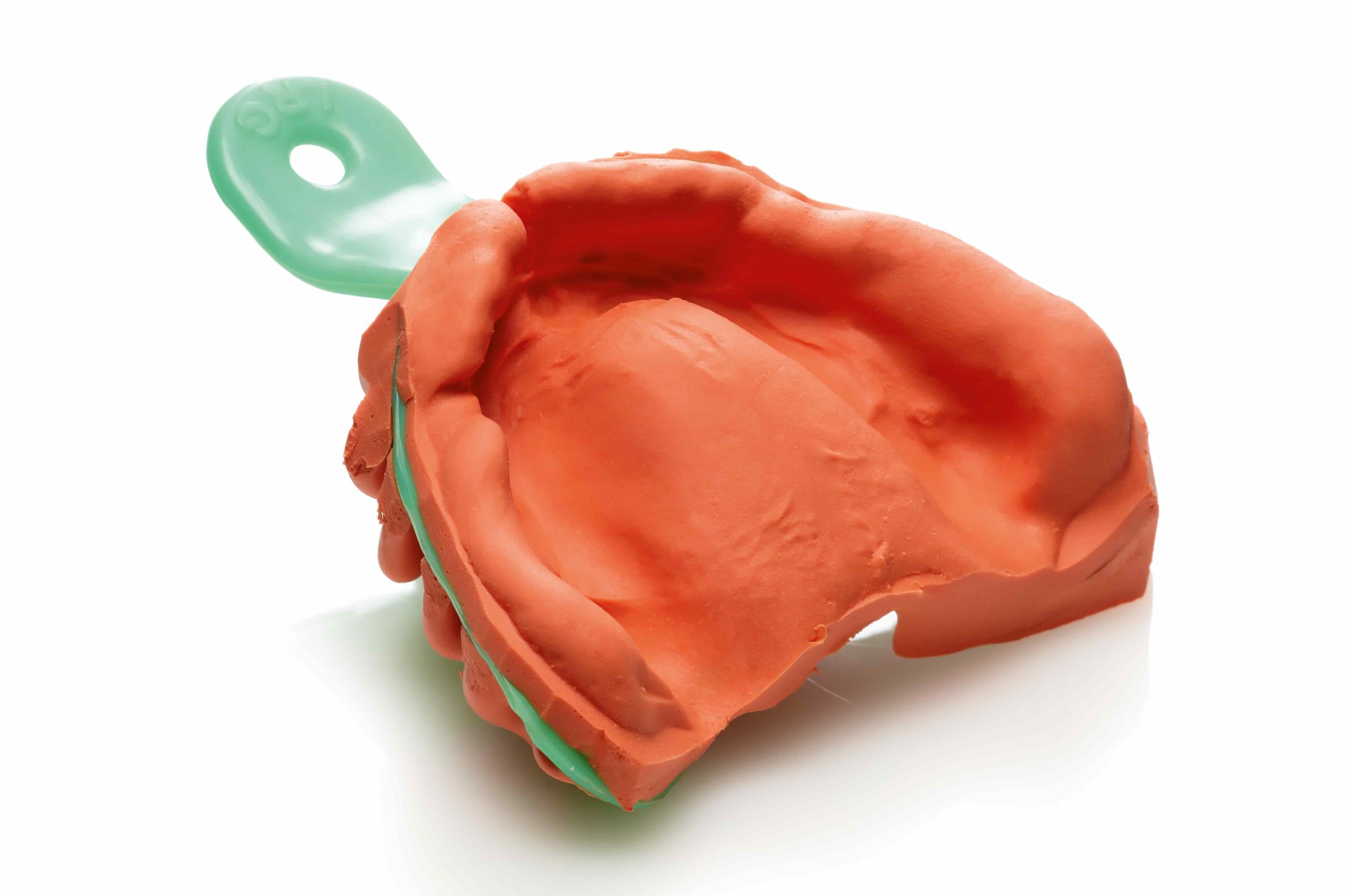
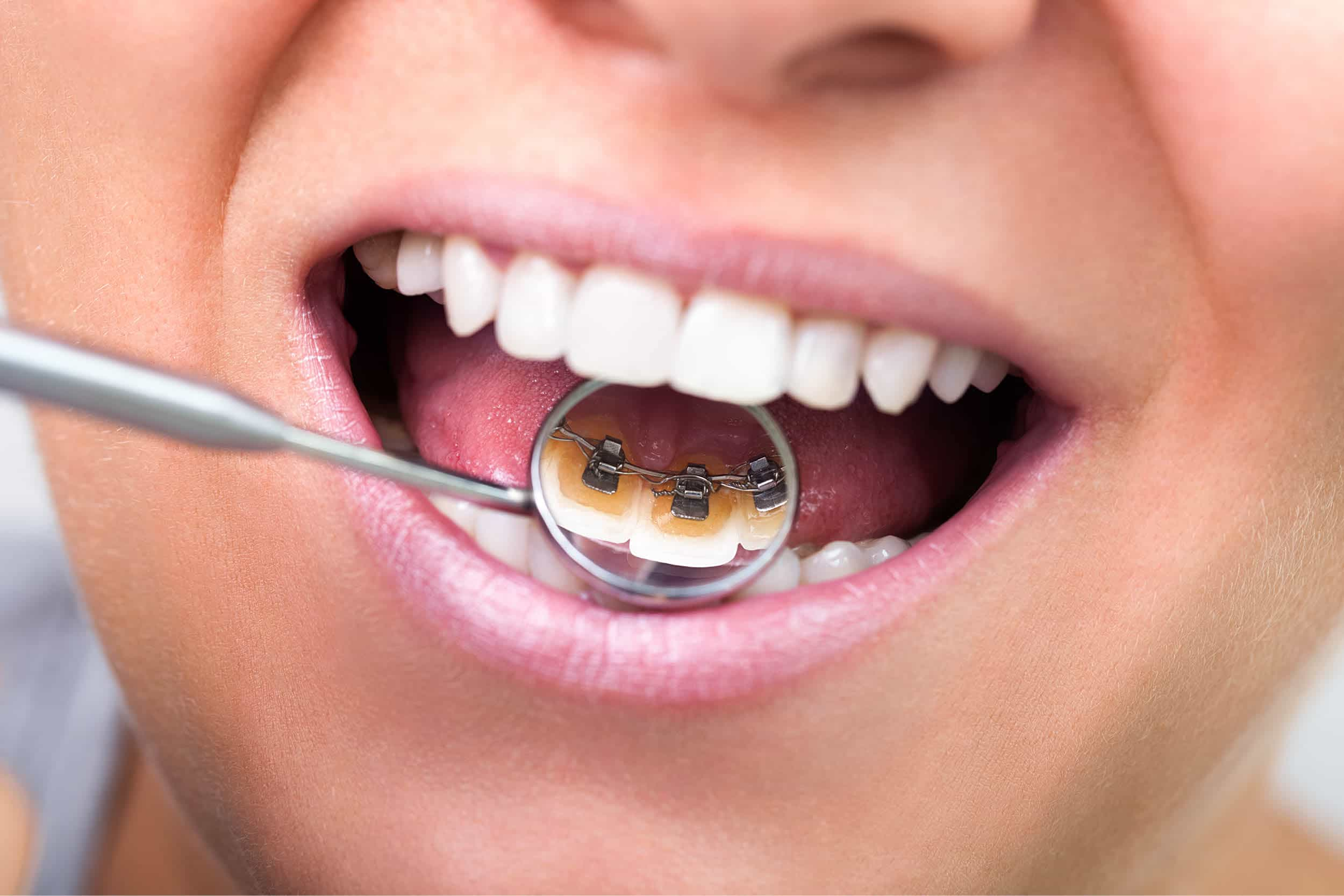
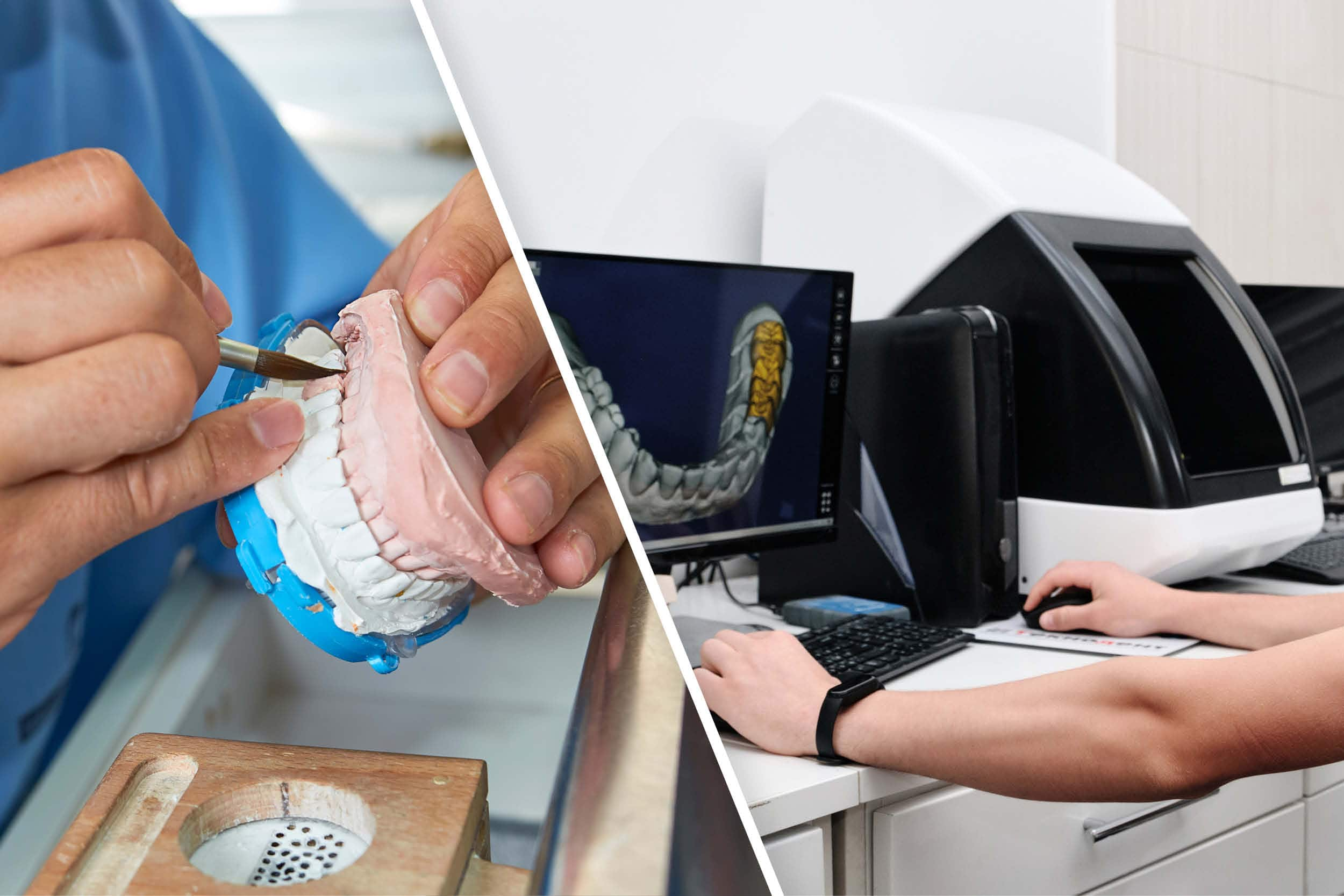
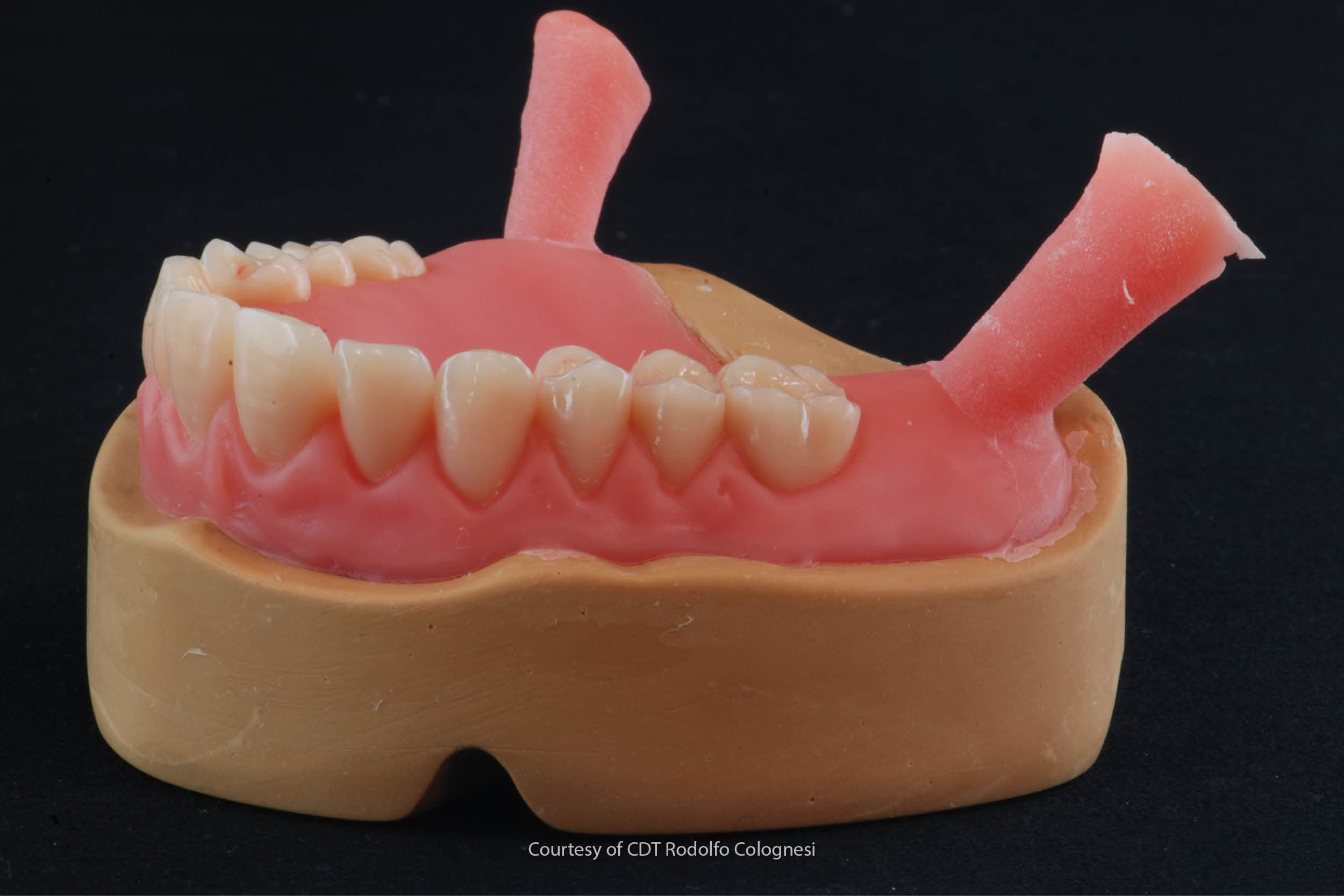
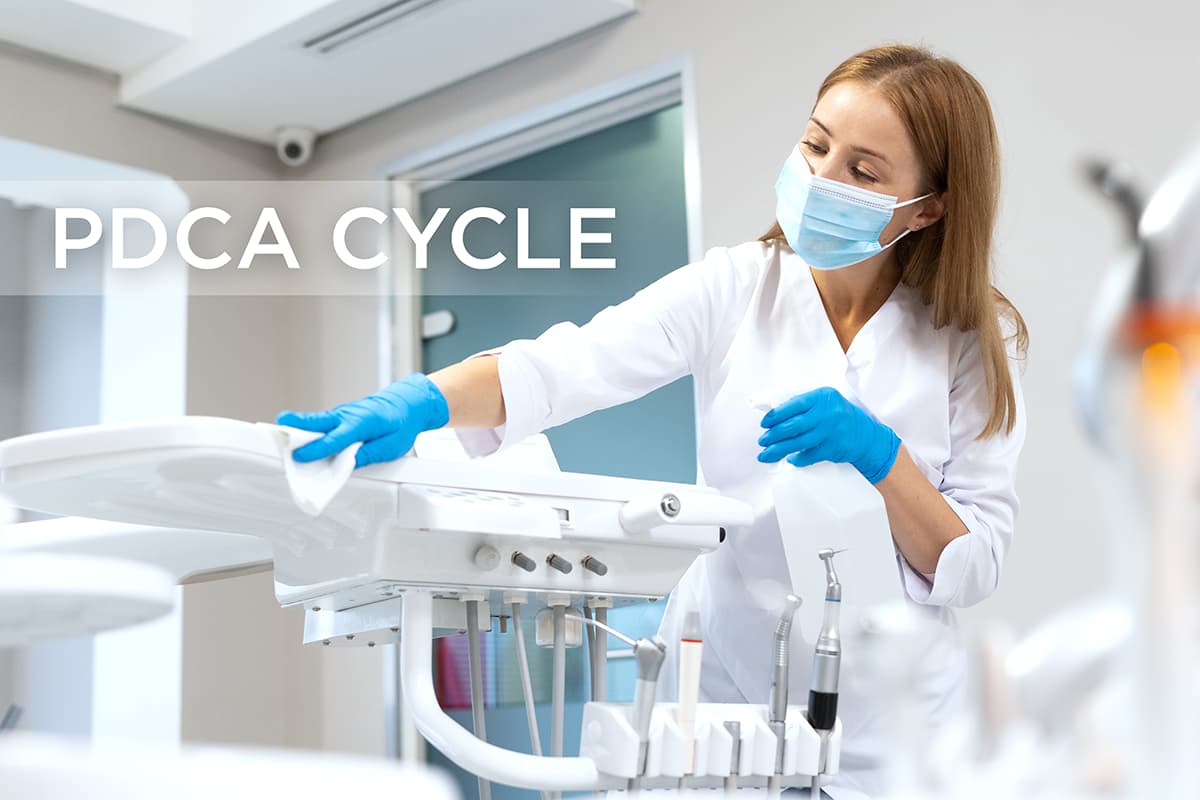
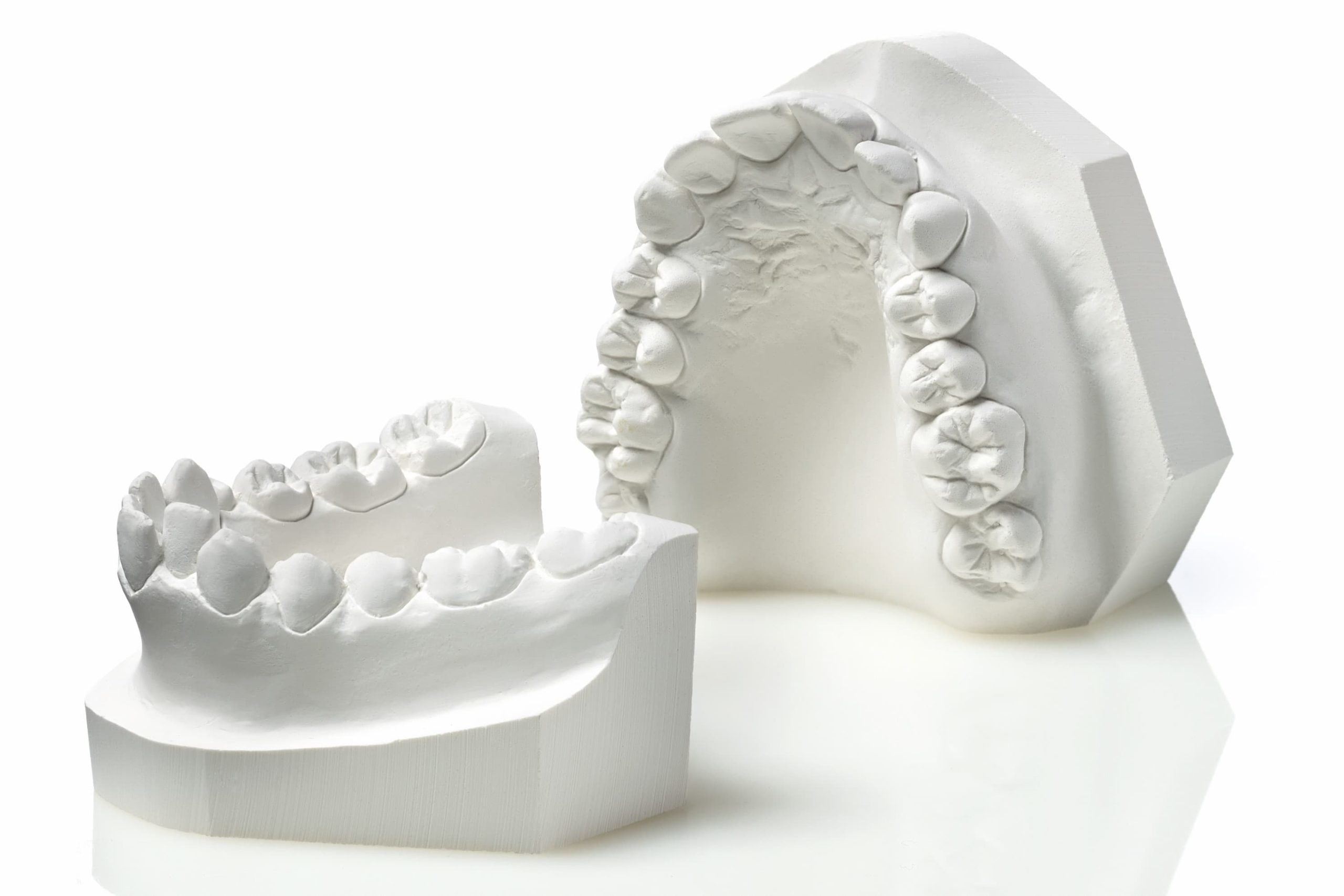
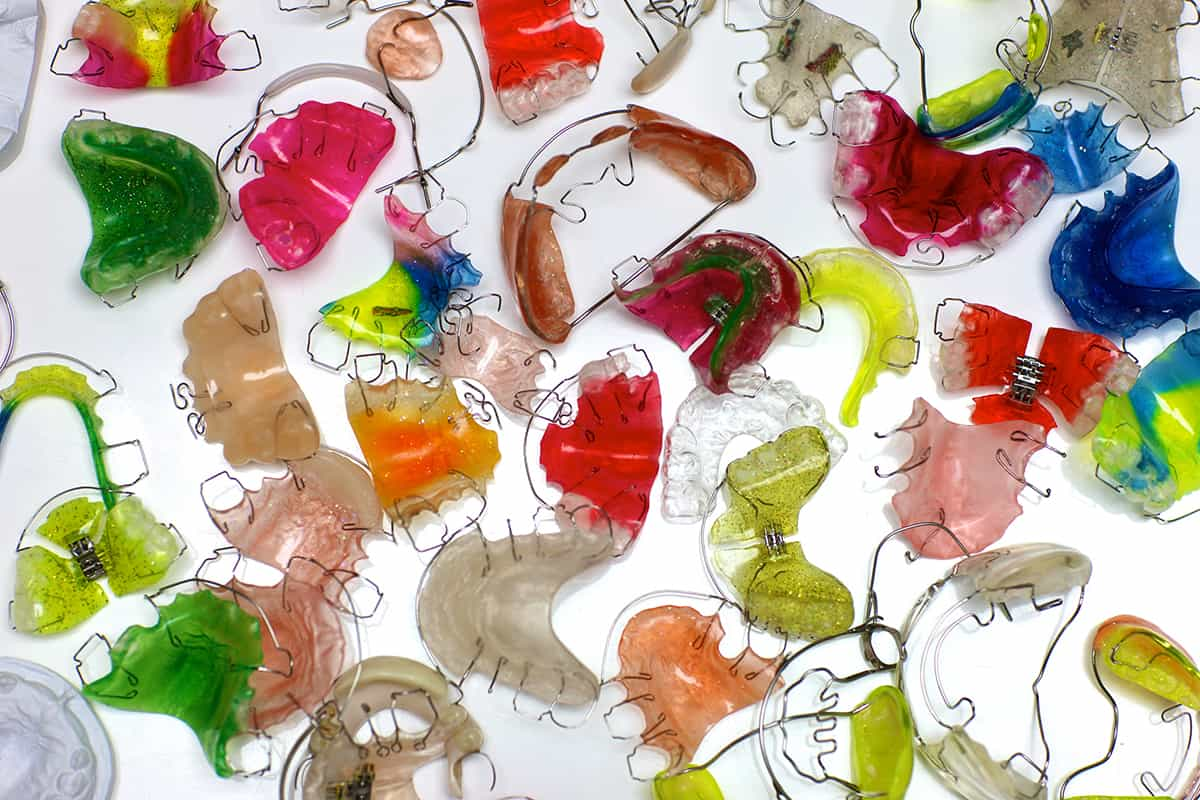
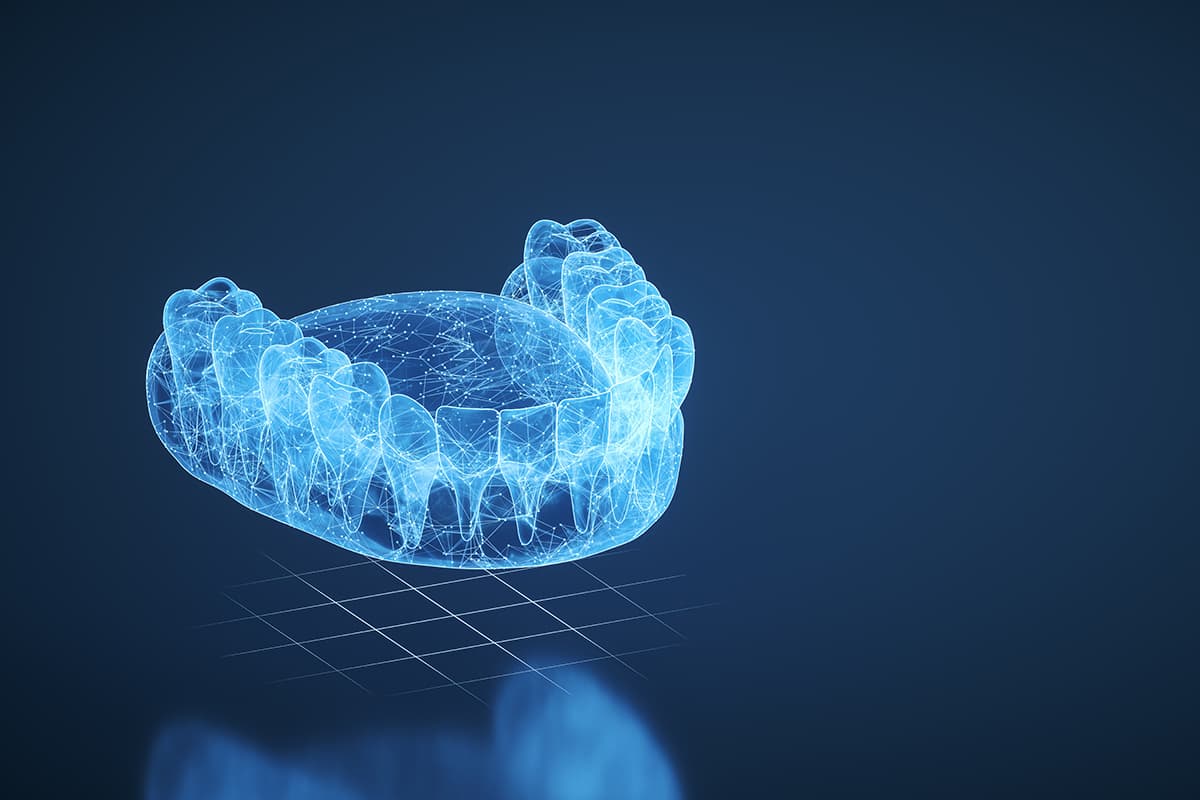

 Zhermack SpA has been one of the most important producers and international distributors of alginates, gypsums and silicone compounds for the dental sector for over 40 years. It has also developed solutions for the industrial and wellbeing sectors.
Zhermack SpA - Via Bovazecchino, 100 - 45021 Badia Polesine (RO), Italy.
Zhermack SpA has been one of the most important producers and international distributors of alginates, gypsums and silicone compounds for the dental sector for over 40 years. It has also developed solutions for the industrial and wellbeing sectors.
Zhermack SpA - Via Bovazecchino, 100 - 45021 Badia Polesine (RO), Italy.


